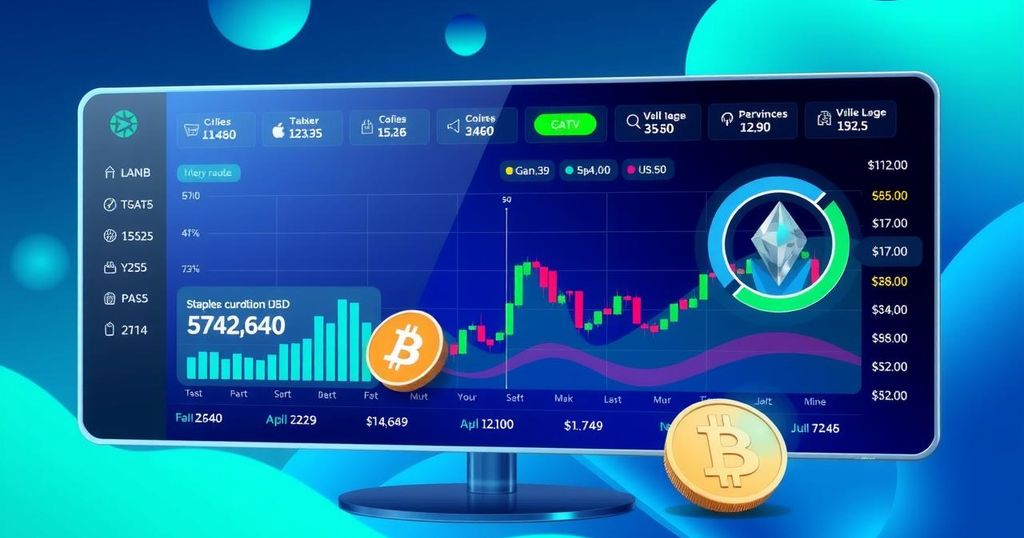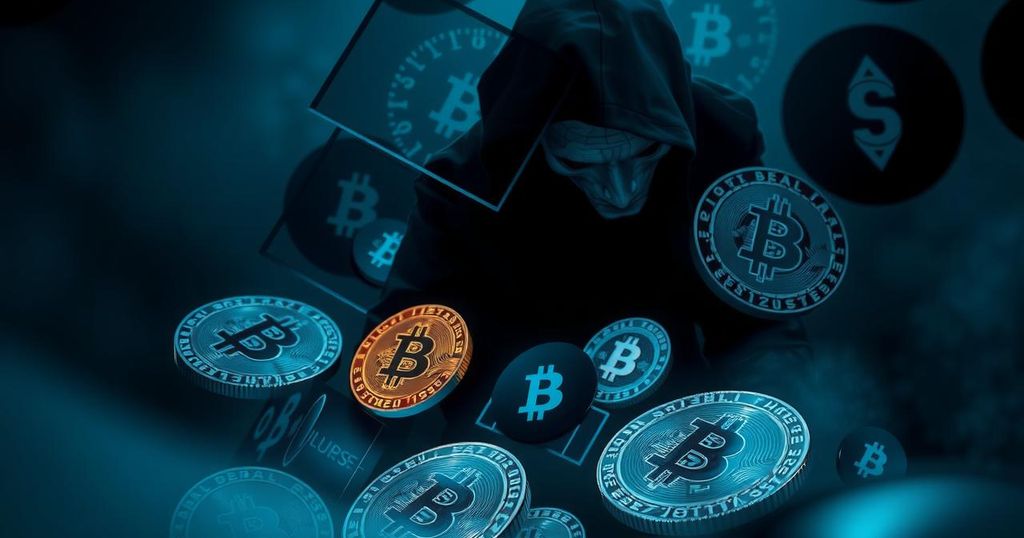Bitcoin Price Stabilizes and Rallies Amid Regional Conflicts, Data Shows
Bitcoin’s price remains stable amid rising tensions between Israel and Iran. Analysts observe that while it may dip initially due to conflicts, historical patterns show it often rebounds. Factors like inflation and adoption play crucial roles. The relationship between Bitcoin and traditional markets is shifting as institutional interest grows, leading to a more complex response to global events.
In the midst of rising tensions between Israel and Iran, Bitcoin’s price has held steady, a trend seen in past conflicts. Factors like adoption rates and institutional interest have played significant roles in this apparent stability. Analysts such as André Dragosch from Bitwise emphasize that while Bitcoin can dip after a conflict’s onset, the asset’s price is showing a downtrend in volatility overall. However, many still consider it a high-risk investment that could be quickly dumped upon the outbreak of hostilities.
Mithil Thakore, the co-founder and CEO of Velar, points out that longer-term geopolitical tensions might lead to higher inflation, benefiting Bitcoin in the long run. However, fluctuations in price during periods of instability don’t paint a clear picture of Bitcoin serving as a protective hedge. A review of several recent conflicts illustrates how Bitcoin’s price reacted—or didn’t—during significant armed confrontations.
Take the Israel-Iran conflict starting on June 13, 2025. Israel launched airstrikes on Iranian targets in what was described as the most extensive attack since the Iran-Iraq War. As concern escalated with calls for US involvement, Bitcoin’s temporary drop didn’t last long; analysts noted it seemed unfazed by the heated exchanges. Crypto expert Za commented, “Bitcoin does not seem concerned about the Israel and Iran conflict (yet).”
Michael Saylor, often cited as a Bitcoin bull, made headlines when his firm Strategy bought 10,001 BTC for a whopping $1 billion just days later, further indicating confidence in the asset despite regional chaos.
Earlier, on April 1, 2024, following strikes on an Iranian embassy complex, Bitcoin dipped slightly but quickly recovered as the market adjusted. In stark contrast, during the ongoing Israel-Gaza war that began on October 7, 2023, Bitcoin appeared relatively unaffected, even performing better than before the violence erupted. Reports linking Hamas to crypto fundraising prompted regulatory scrutiny; however, blockchain firm Elliptic claimed no evidence supported those fundraising allegations.
In February 2022, Russia’s invasion of Ukraine offered a different scenario where Bitcoin surged by 16% shortly after. With many fleeing Ukraine, crypto provided a means to circumvent strict currency controls, and Ukraine reportedly received substantial donations in cryptocurrency during that time.
Analyzing Bitcoin’s response to internal conflicts brings interesting observations. While Bitcoin remained largely uninfluenced by wars in places like Ethiopia and Myanmar, its price seemed driven more by broader adoption narratives rather than direct reactions to regional strife. Such episodes left Bitcoin unaffected as markets focused on inflation-induced rallying.
The geographical closeness to conflict seems to dictate Bitcoin movements, according to some economists. Nations close to turmoil see more volatility, while adoption patterns reveal that developing countries lead crypto use. Conversely, Bitcoin’s ownership is increasingly with Western institutions, raising concerns about rising correlations with traditional financial markets as its exposure grows significantly.
Interestingly, the landscape has changed dramatically since Bitcoin’s early days in 2013 during various conflicts, when institutional interest was virtually nonexistent. At present, there seems to be a shift in how Bitcoin reacts to warfare, leaning more towards asset risk assessments in the context of global events.
Amidst cautious optimism from analysts regarding Bitcoin’s performance, it remains to be seen how escalating tensions will impact its correlation with traditional finance. QCP warned of potential disruptions to global risk assets, particularly if oil prices spike due to escalated conflict, underscoring the fragility of Bitcoin in unpredictable markets. The future remains uncertain for Bitcoin amid geopolitical turmoils, highlighting a fascinating, evolving relationship between war and the crypto market.
In conclusion, Bitcoin’s price has shown resilience amid global conflicts, with varying reactions depending on the context of each event. Despite temporary dips, Bitcoin often recovers as markets adjust, reflecting its growing institutional adoption. Yet, its connection to traditional financial systems raises questions about its role as a safe haven. As analysts closely monitor ongoing geopolitical developments, the evolving landscape of Bitcoin’s response to conflict remains a critical area for investors and observers alike.
Original Source: cointelegraph.com




Post Comment